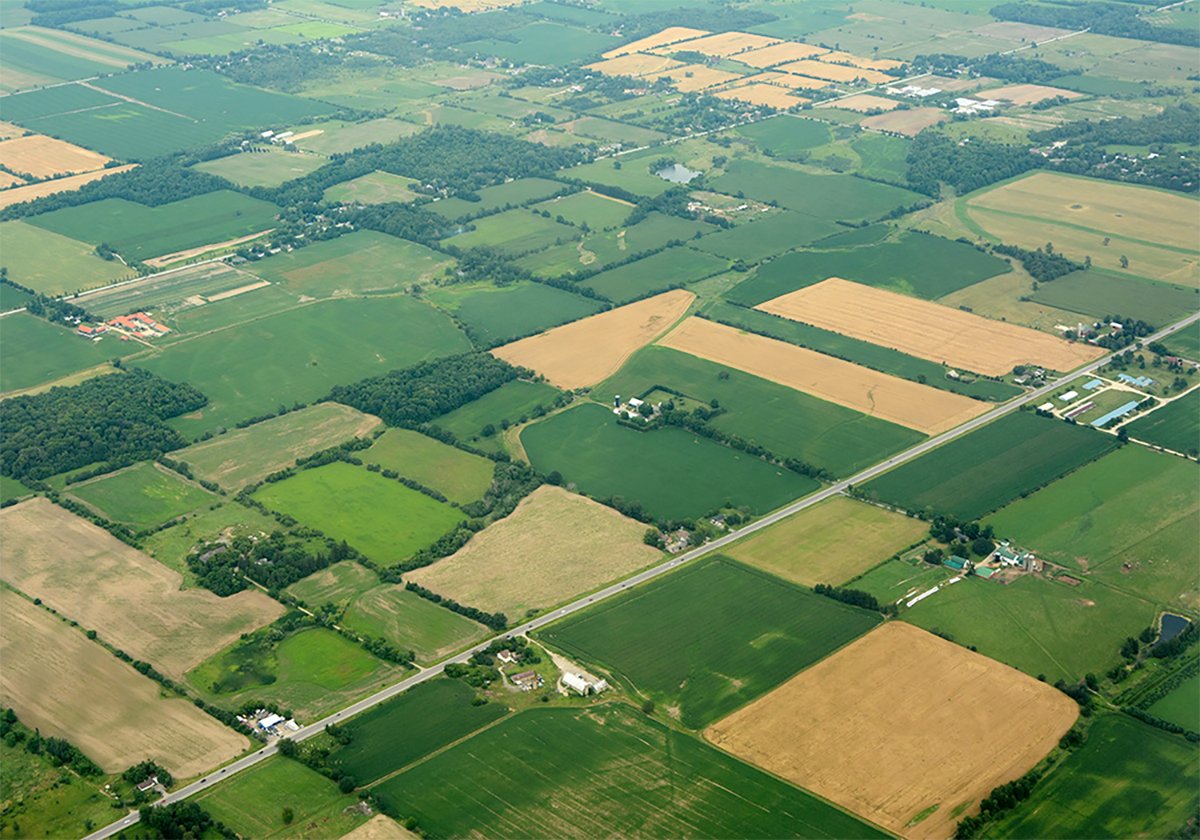Safe handling of chemicals
Dear TEAM: I have become quite worried about chemical safety on the farm. I am interested in knowing what materials are porous. Will plastic protect us from chemicals? Do chemical spills that have been absorbed into wood (like the floor of a truck) still transfer to other materials? Does stainless steel absorb chemicals? My washing machine has a stainless steel tub but what about other laundry tubs? After one washing, do chemical stains on clothing still contain dangerous chemical next to the skin? Do chemicals last through a washing cycle? – Sask. reader.
Read Also

Higher farmland taxes for investors could solve two problems
The highest education and health care land tax would be for landlords, including investment companies, with no family ties to the land.
Dear Reader: We really appreciate your letter, because many others are also concerned about chemical safety. Chemical compounds are a part of everyday life in the home and at work. Farming is one of the few occupations in Canada where families live on the work site, making safety a special concern for farmers and their families.
The risk of using any substance is a combination of the degree of exposure and the toxicity of the chemical. Risk is the potential of negative health effects from using a substance. Toxicity is the degree to which a substance is harmful or poisonous. Exposure is the length of time exposed to a substance and how it is absorbed into the body. We can reduce the risk by effective management and safety practices.
An educational package for Canadian farm families entitled Safe Handling of Agrochemicals – A Module for Farm Families, was developed by four groups: the Agricultural Health and Safety Network of the Centre for Agricultural Medicine at the University of Saskatchewan, Agriculture Canada, Saskatchewan Agriculture and the Saskatchewan Association of Rural Municipalities.
The booklet contains information about how chemicals enter the body, reading labels, choosing the appropriate safety equipment, respirator fit tests, chemical storage tips, and a listing of the main poison control centres across Canada.
Keep label handy
The best source of information for any product is its label. So there is a sticker that offers a “farmer’s guide to pesticide label interpretation”, which is to be posted near where you mix or handle chemicals.
Your primary source of information is the label and the chemical company that produces the product. You could also contact the retailer that you bought the chemical from, extension agrologists, municipal offices, libraries and the internet.
Farm operators handle a wide variety of chemicals throughout the production year. Agricultural chem-icals can range from fuels, oils, fertilizers, pesticides, desiccants, and sanitizing and cleaning solutions. Most chemicals are more readily absorbed by materials like cloth, leather and wood as compared to plastics and stainless steel, as you will find when you read through this material.
Here are some suggested pesticide safety rules:
- Lock chemical storage area.
- Store chemicals away from food and drink used for human and animal consumption.
- Store pesticides in a cool, dry, well-ventilated area without floor drains.
- Herbicides should be stored separately from other of pesticides to prevent cross contamination.
- Protective clothing, a respirator and decontamination material and equipment should be available in the vicinity but outside the storage area.
- Store chemicals in their original containers.
- In case of fire, use extreme caution.
Reference: Pesticide Safety Handbook, Saskatchewan Labor and Saskatchewan Agriculture.
Most accidents occur when the operator is mixing or loading the chemicals. We often wonder how these chemicals affect our bodies. Chemicals enter the body through:
- Absorption – 90-95 percent of chemical is absorbed through the skin.
- Inhalation – Inhaled dusts, powders, mists or fumes pass quickly into the bloodstream.
- Ingestion – Chemicals enter the digestive system through the mouth by licking lips, smoking cigarettes, eating without washing hands or blowing out nozzles.
- Injection – Veterinary needles, staples, nails or wire punctures, or fluids forced under the skin by high pressure leaks cause injection of chemicals.
Hand washing is extremely important in decreasing exposure to chemicals, for both you and your family. Be sure to wash before eating, before smoking, and before using the bathroom. Shower before giving hugs. If you are pregnant, breastfeeding, or suspect you are pregnant, avoid handling chemicals.
Special precautions when handling chemicals:
- Always take protective clothing to the field in case of application problems. Store outside the vehicle in a covered container.
- Layers of clothing are best in preventing chemicals from penetrating to the skin (cloth or disposable plastic coveralls over regular clothing).
- Wear a water-resistant hat. Do not wear baseball caps, leather or cloth gloves, leather belts and leather boots when spraying. Chemicals penetrate leather and cannot be cleaned adequately. Each time the item is worn, exposure is increased.
- Choose a lapped zipper on coveralls, rather than open zippers that may allow chemicals through.
- Wear tightly woven clothing. (If light can pass through, it is not tightly woven.)
- Always put sleeves over the top of the gloves and pant legs over rubber boots to prevent splashes and spills from entering.
- Wash clothes daily.
- Apply a soil or water repellent finish to increase the resistance of clothing to chemical penetration.
- Gas permeable or soft contact lens should not be worn. Lenses can absorb chemical fumes or vapors.
- Shower immediately after spraying. Shampoo hair and clean under fingernails.
While wearing your gloves:
- Wash hard hat or waterproof hat, goggles, face shield, aprons and boots with hot soapy water, then rinse and dry.
- Wash respirator facepiece only. Before cleaning, remove the cartridges. Wash the respirator in warm soapy water, rinse and air-dry. Check seals and valves for signs of damage or wear. Store in a sealed plastic bag.
- Wash your gloves with hot soapy water, rinse and dry.
Preparation for laundering:
- When applicable, remove pesticide granules from cuffs and pockets outdoors in the field.
- Discard any garment contaminated with full-strength chemical according to product instructions.
- Handle soiled clothing with chemical-resistant gloves (such as unlined neoprene, polyethylene or rubber.)
- Use disposable plastic garbage bags for temporary storage of pesticide-soiled clothes before washing.
- Pre-rinse pesticide-soiled clot-hing on presoak cycle or presoak in container and dump water in the field or spray hose the garment outdoors in an appropriate spot.
- Pre-treat heavily soiled areas. If an oil-based formula has been used, treat with a laundry stain removal product intended for oil stains.
Laundering:
- Wash pesticide-contaminated clothing separately from family clothing.
- Use hot water (60 C/140 F) at the full water level on normal wash cycle.
- Do not overcrowd clothes. Use one and a half times more heavy duty detergent than the product recommends.
- Re-wash clothing two to three times.
- Line dry clothing to avoid contaminating the dryer. Sunlight helps to break down pesticide residue.
- Run the empty washer through a full wash and rinse cycle with detergent added.
Nearly 30,000 plastic bag posting signs were distributed in Saskatchewan last year (through Agricultural Health and Safety Network) enabling farmers to alert others the field had been recently sprayed with pesticides and should not be entered. Re-entry times vary from 24-48 hours depending upon the chemical.
Saskatchewan also has about 275 collection sites for pesticide containers. Farmers can contact their municipal office or call Pesticide Container Management Association (PCMA) toll-free at 1-800-567-7262. Pesticide applicator safety courses are available in every province across Canada. For more information, call 306-966-8286.















